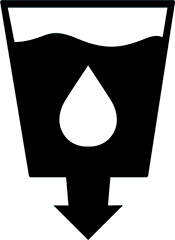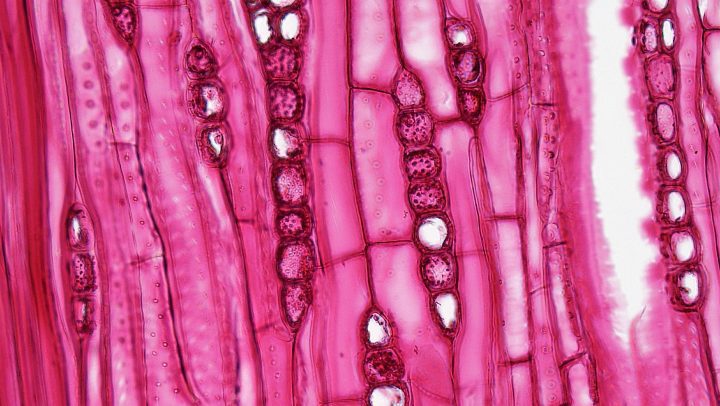Third Place - High School
UN Sustainable Development Goals Addressed
-

Goal 6: Clean Water & Sanitation
2024 Youth Design Challenge
This design concept was developed by participants in the Institute’s Youth Design Challenge. The descriptions below are from the team’s competition entry materials.
School: Valencia High School
Location: Valencia, CA, USA
Coach: Michelle Rivas
Team Member: Emma Winter

Innovation Details
In recent years, atmospheric rivers have caused massive flooding in California, and yet, for most of this team’s life, California has been in a drought. Tackling both problems at once, the team designed a rain catchment device that could also address the issue of urban flooding. The Rain Net is a series of tubes that create a “net” around an area and divert water towards one single point. Inspired by found in plants and the branching patterns of leaf veins, the Rain Net has xylem-inspired tubes that divert, collect, and filter rainwater. The invention could be modified to fit any roof and the design makes it possible to connect multiple “nets,” allowing for more than one drainage system.
What is the problem your team solved for this challenge? What is the problem addressed? How is the problem connected to the selected SDG?
For this challenge, I looked at flooding and runoff problems from undirected rainfall and set out to create a solution and focus on water retention and collection. This connects to SDG 6, as a part of water management strategies.
How was your solution inspired by nature? What (at least two) organisms did you learn from? How effectively did you combine the biological strategies for the final design?
The organisms I drew from were all different types of leaf vein and xylem structures, predominantly the ones seen on the fern and monstera leaves. However, this structure is found everywhere from human lungs to fungi. I effectively combined the function and the overall shape of the biological strategies of holding and moving water through the rain net by looking at the xylem as well as activated carbon’s porous structure.
What does your design solution do? How does it solve or mitigate the problem you selected? How did what you learn inform your design?
The rain net can effectively mitigate the runoff seen in many urban settings where there are many impermeable surfaces; by reducing water on the surface, the rain net can also help fight flooding and other negative impacts of severe rainstorms. Observing the structure that plants use to move water with no source of power other than pressure and capillary action and the filtration properties of activated carbon allows the rain net to mimic many plants and move and collect water effectively.

